Bolivian Coffee Plantation Coffee Beans Bolivian Valiki Java Coffee Beans Flavor Features Story
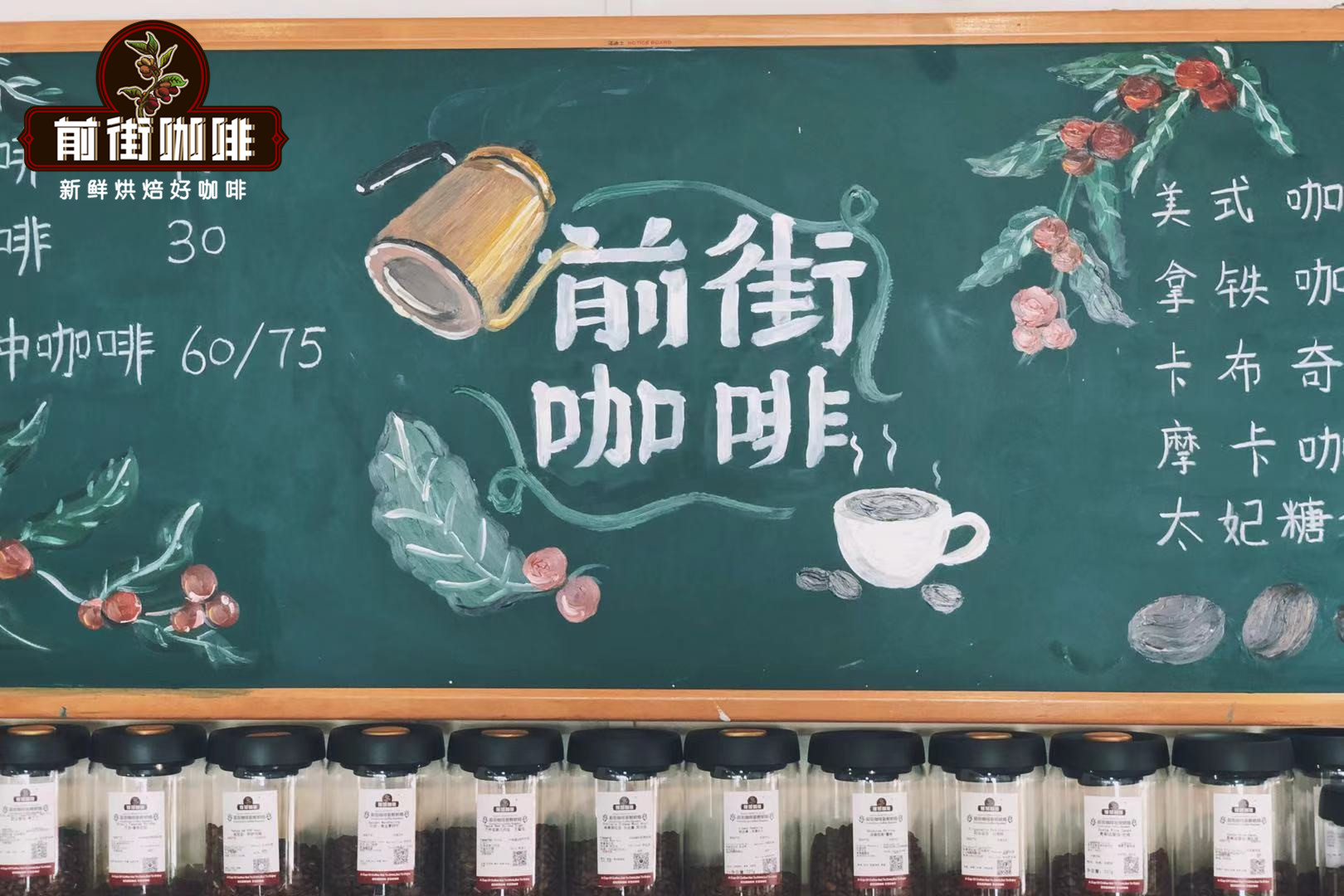
Professional coffee knowledge exchange more coffee bean information please follow the coffee workshop (Wechat official account cafe_style)
There are all kinds of specialty coffee in Latin American coffee producing areas, and they are also very active in the boutique coffee market, such as Brazil, Costa Rica, Colombia and so on. But in today's article, front Street Coffee Science Popularization is indeed a very minority coffee producing country-Bolivia, because Front Street Coffee believes that the producing area has great potential. Next, this article on Qianjie Coffee will popularize science about the relevant characteristics and stories of Bolivian coffee producing areas.
History of Bolivian Coffee
According to Qianjie Coffee, Bolivia is a landlocked country in South America, adjacent to Brazil and Colombia. But it is not as developed as its neighbors and is one of the poorest countries in Latin America. In addition to the lack of ports, the high level of corruption in the local government is also the reason for the country's poverty. However, the Bolivian capital La Paz is more than 3600 meters above sea level, which is the highest capital in the world, so it can be said to be very suitable for the growth of Arabica coffee beans.
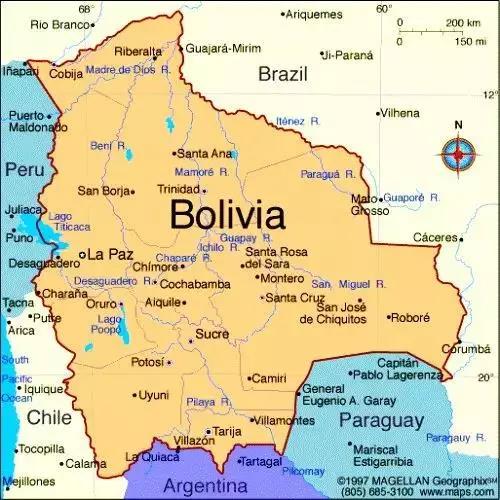
The origin of Bolivian coffee can be traced back to 1880, when all production was basically related to the owners of some large farms north of La Paz. In 1991, the government promoted a plan for indigenous people to grow Bolivian coffee, but paid little attention to quality.
This is because it was legal to grow coca bushes in Bolivia at that time, and with the encouragement of the government, coca leaves were four times as profitable as coffee and much easier than growing coffee, which caused many farmers to abandon coffee or even give up farms altogether.
Of course, it is against this background that the land in Bolivia's producing areas has been severely damaged because coca cultivation requires the use of large amounts of chemical pesticides and fertilizers, which do great damage to the soil, in other words, years after coca planting, the soil becomes barren and can no longer grow any crops.
However, according to Qianjie Coffee, as early as 2000 years ago, the United States strongly supported Bolivian agriculture, but the program was suspended because the Bolivian government later supported coca cultivation, but relations with the United States deteriorated. It was not until the end of Bolivia's anti-drug war that many coffee cultivation programs began to restart, and the United States began to assist Bolivian coffee farmers again. For example, the COE Outstanding Cup Coffee Cup Test Competition was held with the support of US aid USAID.
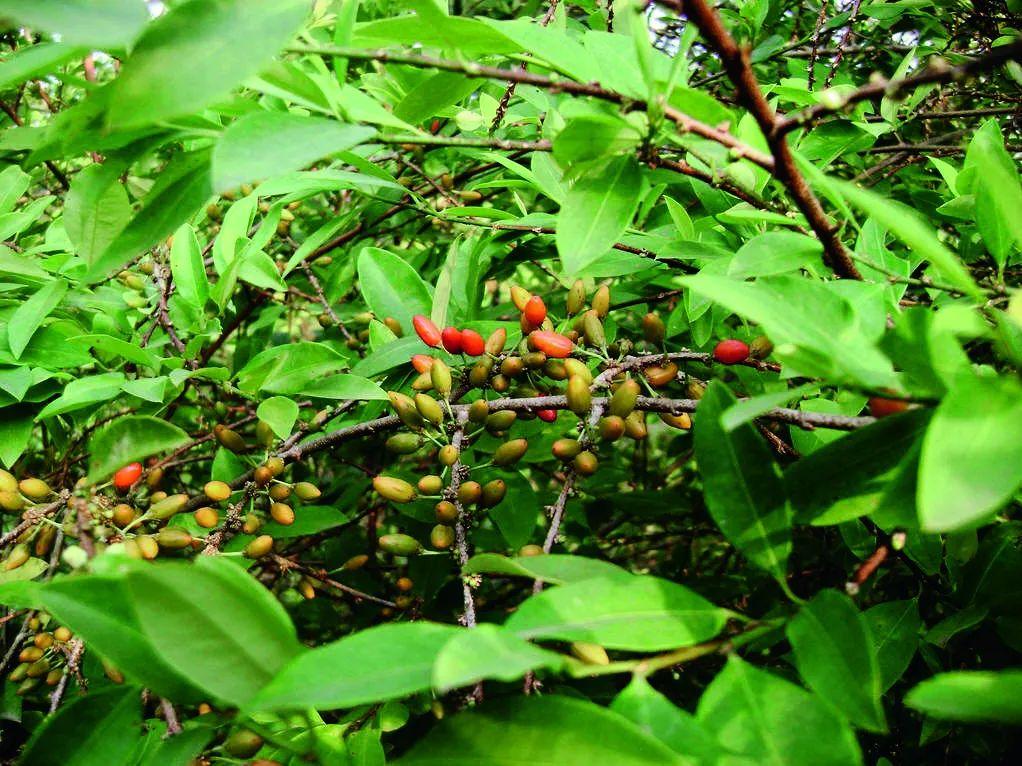
However, the COE competition in Bolivia was cancelled after 2009 because the Bolivian government was very anti-American and did not want the United States Agency for International Development (USAID) to fund any more development plans in Bolivia, and there were no other sources of funding for the COE program.
And leaf rust hit in 2013, when Bolivia lost 50% of its coffee production in that year alone. Combined with the previous Bolivian government's coca leaf policy and leaf rust, Bolivian coffee production has fallen by 70% over the past decade, making it a small coffee-producing country.
This is also one of the reasons why Bolivian coffee beans are not as famous as neighboring countries, but at present, Bolivian producing areas are beginning to pay more and more attention to the development of boutique coffee industry, so Qianjie Coffee thinks that Bolivian coffee beans are still very potential. therefore, Bolivian Java coffee beans are also introduced.
Bolivian coffee producing areas
According to Qianjie Coffee, the most famous producing area in Bolivia is La Paz, and its small producing areas include Caravani, Yungas, Inquisivi and so on.
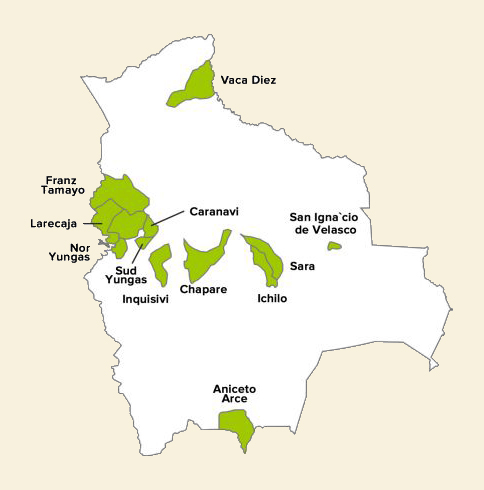
Yongster province
The province is located in Caranavi province, northeast of the city of La Paz. Up to 800-1800m above sea level, it has vast forests and fertile land extending from the eastern slope of the Andes, and its rainy, humid and warm climate makes it a favorable area for coffee production and cultivation. At the same time, Yongas Road, the most famous road to death in the region, is also known as "the most dangerous road in the world". According to Qianjie Coffee, 95% of Bolivia's coffee is produced here.
Bolivian coffee bean varieties
According to Qianjie coffee, it is known that the main varieties grown in Bolivia are iron pickup, Kaddura, Kaduai and Katim. The production season is from July to November. But Qianjie Coffee in the purchase of several Bolivian coffee beans, through cup testing and comparison, finally decided to put on the shelves a Java coffee bean from Waliki Manor. This Java coffee bean has passed the cup test, and its grape-like soft acidity, the fermented feeling of raisins and the aftertaste of chocolate nuts can show the characteristic flavor of Bolivia, which is the reason why this coffee bean is selected on the front street.
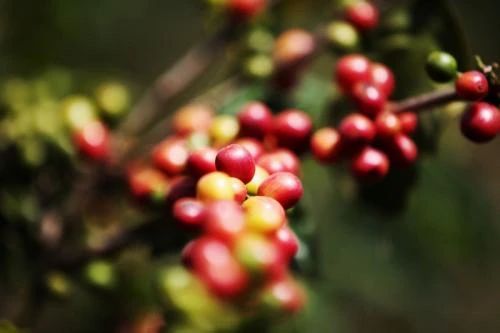
Java variety coffee beans
Java coffee beans, known locally in Bolivia as long beans, are named because of their long appearance. Their official name should be Java. Java is a very interesting bean species, which is strongly related to the Indonesian island of Java.
But in fact, Java was originally a coffee tree species originated in the primeval forests of Ethiopia, collected by local ethnic groups, and then spread to Indonesia through Yemen, where it was named Java. It was generally believed that Java was a variety of Tibica, but genetic comparisons revealed that Java was actually a coffee variety Abysinia from Ethiopia.
After Indonesia, Java varieties spread first to the nearby Timor island group, and then to Cameroon in East Africa, where they were first released for farmers in 1980. As for the spread to Central and South America, it was introduced to Costa Rica through CIRAD in 1991 under the leadership of breeding expert Benoit Bertrand. But the first Latin American country to formally recognize the Java variety was Panama.
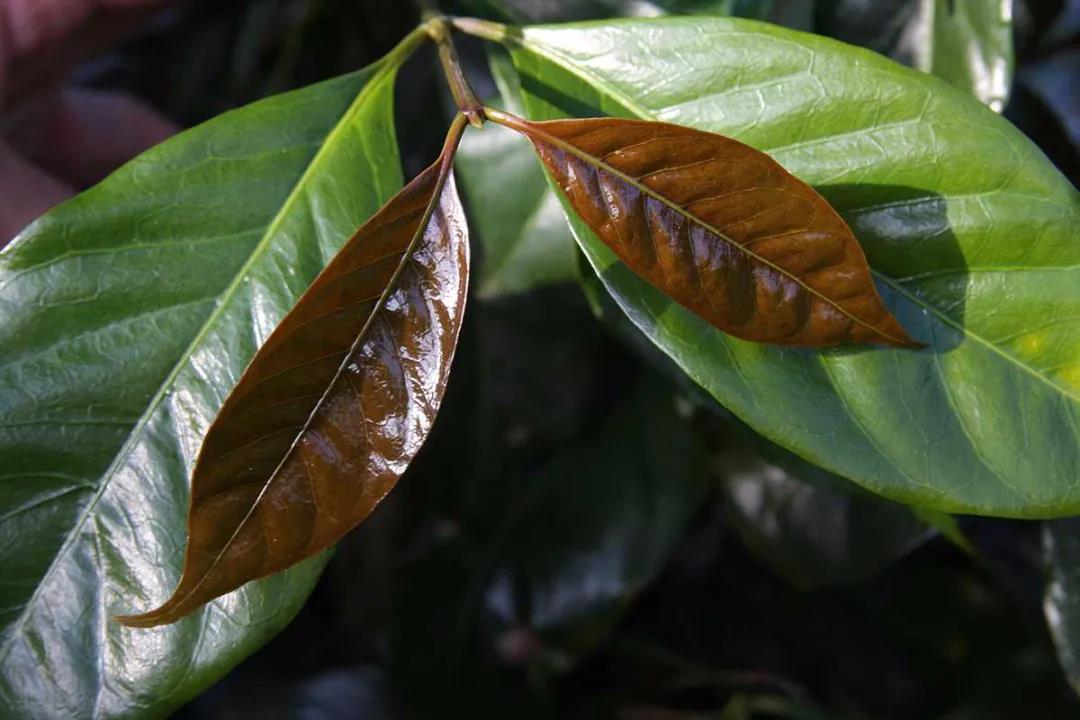
Java has long fruits and seeds, brass buds, high plants but low yields. It is more resistant to leaf rust and coffee fruit disease, so it is very suitable for small farmers. And Qianjie coffee passed the cup test, and found that this Java coffee bean is as good as rose summer because of its outstanding flavor. So this is one of the reasons why Qianjie Coffee decided to introduce this bean.
Next, Qianjie Coffee will introduce the flavor and treatment characteristics of this Bolivian Java coffee bean.
Front Street Coffee Java coffee beans at Waliki Manor, Bolivia
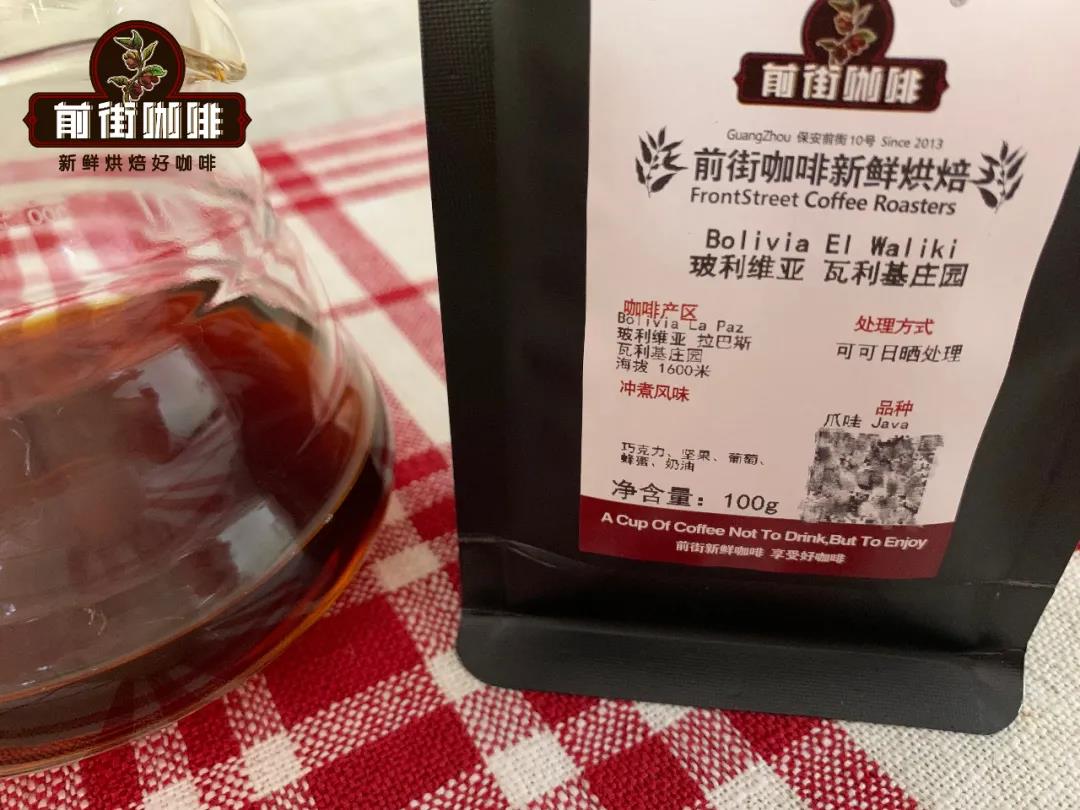
Producing area: la Paz
Altitude: 1600 m
Variety: Java Java
Treatment: cocoa sun treatment
Flavor: fermented, grapes, nuts, slight floral aroma, honey, cream
Waliki Manor
It is worth mentioning that Bolivia did not attach importance to coffee cultivation in the early days, resulting in a small quantity, but Qianjie Coffee specially selected this Java coffee bean from Waliki Manor. On the one hand, it is the particularity of coffee bean varieties. On the other hand, Qianjie Coffee sees the professionalism and importance of the manor.
The name of Waliki Manor is inspired by the local greeting, meaning "How is everything?" the answer is "All good" or "Hakuna Matata".
Valiki Manor is located in the Polinda colony in a lush and steep valley about 10 kilometers outside the town of Karanawi in La Paz, Bolivia. The land area of the manor is about 3.62ha, with an elevation of 1600 meters. This high altitude helps to ensure the slow ripening of coffee fruit. This slow ripening process leads to an increase in the concentration of sugar in the coffee fruit, which helps the coffee become sweeter. According to Qianjie Coffee, the estate is owned by the Rodriguez family. The Rodriguez family owns a family business called Agricafe, which produces coffee from its own estate and buys small quantities of high-quality crops from small producers in the yungas area.
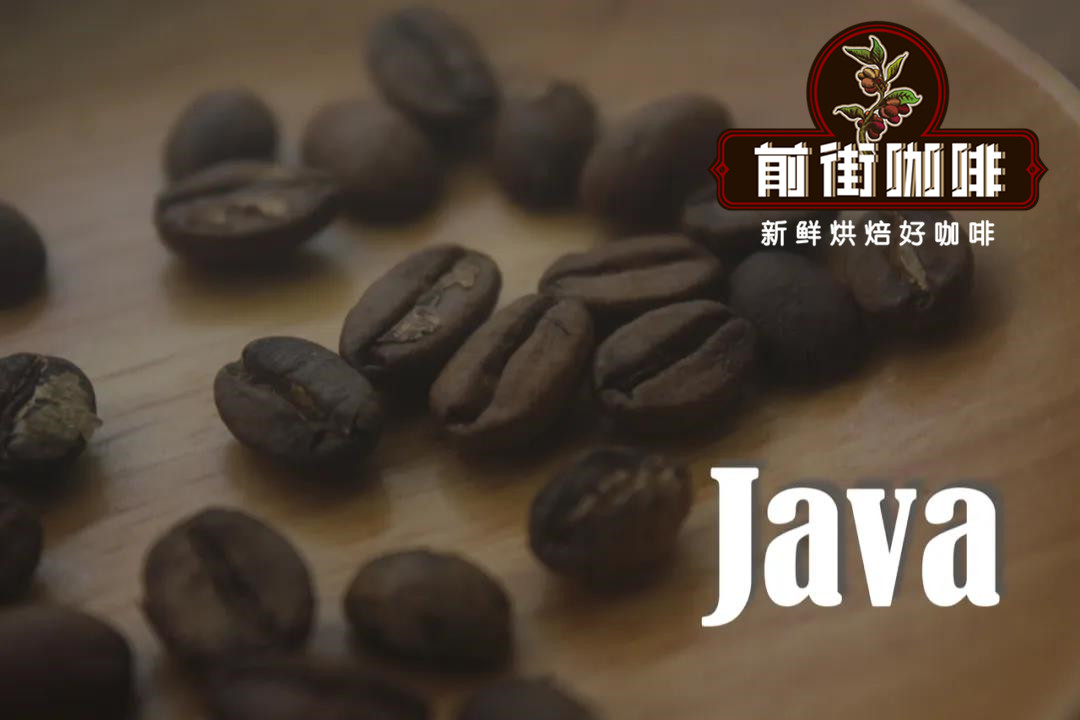
Waliki Manor Coffee treatment
As mentioned above in Qianjie Coffee, Waliki Manor attaches great importance to the planting of coffee trees, so during the coffee harvest season, the estate will hire pickers from the Polinda community to carefully select coffee fruits during the picking period. These pickers are trained to pick only ripe coffee fruit, and the manor picks the coffee fruit in stages during the harvest season to ensure that the coffee fruit is picked at the best maturity.
And the manor will also use crates to ensure that the coffee will not be damaged during transportation and to keep the coffee fruit well ventilated, thus preventing unnecessary early fermentation. After selection and weighing, the coffee fruit is washed carefully, dried on a raised African bed, and then turned every hour. About a week later, put the coffee fruit in the cocoa dryer. Therefore, the treatment method is named cocoa solarization method.
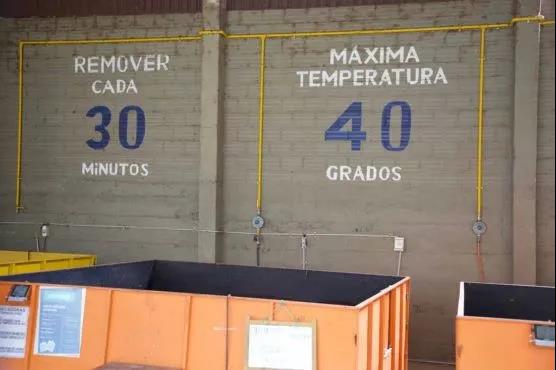
Cocoa solarization treatment process
And it is precisely because the Rodriguez family has been innovating and experimenting with different treatment technologies and found that cocoa dryers can slowly and continuously dry coffee beans at low temperatures, thereby reducing the impact of weather conditions. Coffee beans are placed in large steel buckets for about 35 hours at a temperature of no more than 40 degrees Celsius, flipping every 30 minutes. After drying, the coffee beans are transported to La Paz for rest, and then shelled at La Luna, a drying plant in Agricafe. In this factory, machinery is used for careful shelling and sorting of coffee, in addition to manual sorting under ultraviolet and natural light.
That's why the quality of this Bolivian Java coffee bean is so good. The above is the relevant information about Bolivian coffee beans sorted out by Front Street Coffee. Qianjie coffee carries out a large number of roasting and brewing tests before each new coffee bean is on the shelf to ensure that it shows the best flavor of the coffee. Next, Qianjie Coffee will share the roasting and brewing parameters of this Bolivian Java coffee bean.
Qianjie coffee roasting and sharing
Java, Bolivia: in order to highlight the sweetness of the sun and the aroma of cocoa, the front street coffee baker uses extended development to produce a sweet and delicious flavor. Taking Yangjia 800N as an example, 500g raw beans were used.
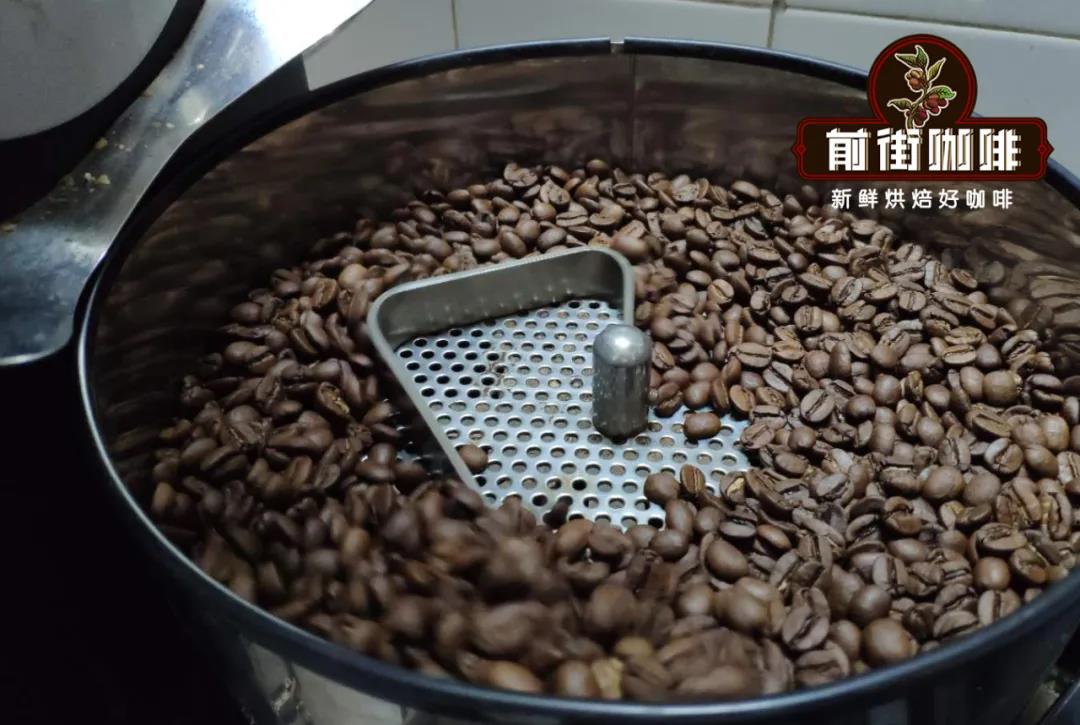
When the furnace temperature is 151.1 ℃, the smell of grass will disappear completely, and enter the dehydration stage, when the temperature is 151.1 ℃, ugly wrinkles and black markings will appear on the bean surface, and the smell of toast will obviously turn to coffee, which can be defined as a prelude to an explosion. At this time, it is necessary to listen clearly to the sound of an explosion point, start an explosion at 10pm 39th 18, and develop 1mm 39th 00190 ℃ into the pot after an explosion.
Coffee cup test report on Qianjie
[Bolivia Java] dry aromas with hazelnut aromas, starting with creamy, hazelnut and almond aromas, as well as sweet and sour notes of citrus and tropical fruits with fermented aromas.
Qianjie coffee brewing and sharing
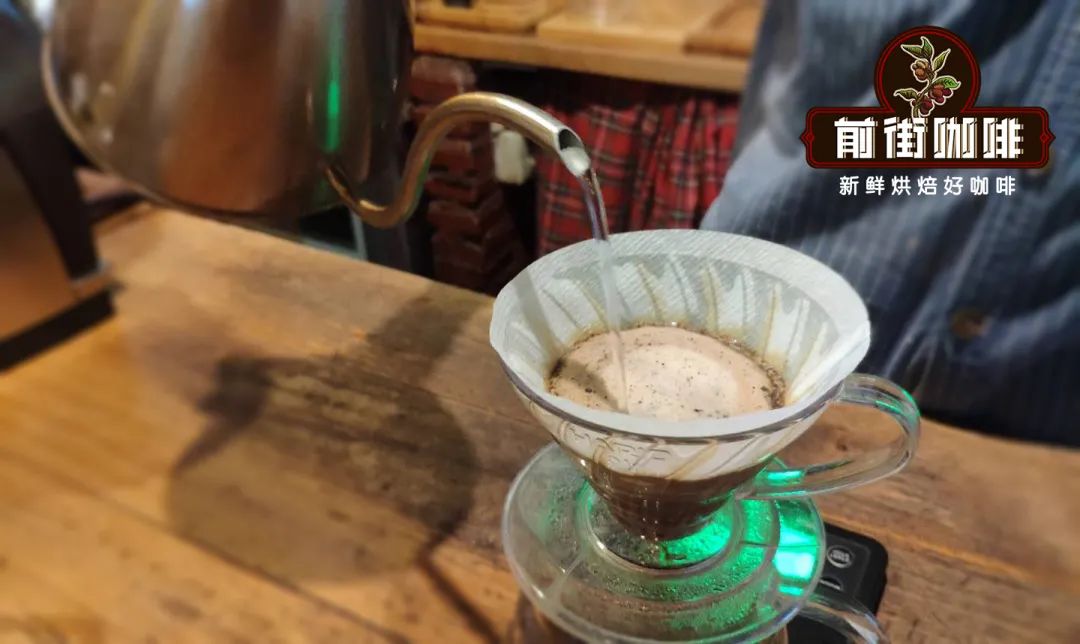
Filter cup: HARIO V60
The water temperature is 90 degrees
Ratio of powder to water: 1:15
Degree of grinding: fine granulated sugar size
Qianjie coffee is extracted by stages: steaming with 30 grams of water for 30 seconds, small water injection around the circle to 125 grams for segments, water level drop to 225 grams when the powder bed is about to be exposed, remove the filter cup when the water level drop is about to expose the powder bed, (steaming starts timing) the extraction time is 2 minutes 39 percent 00 ".
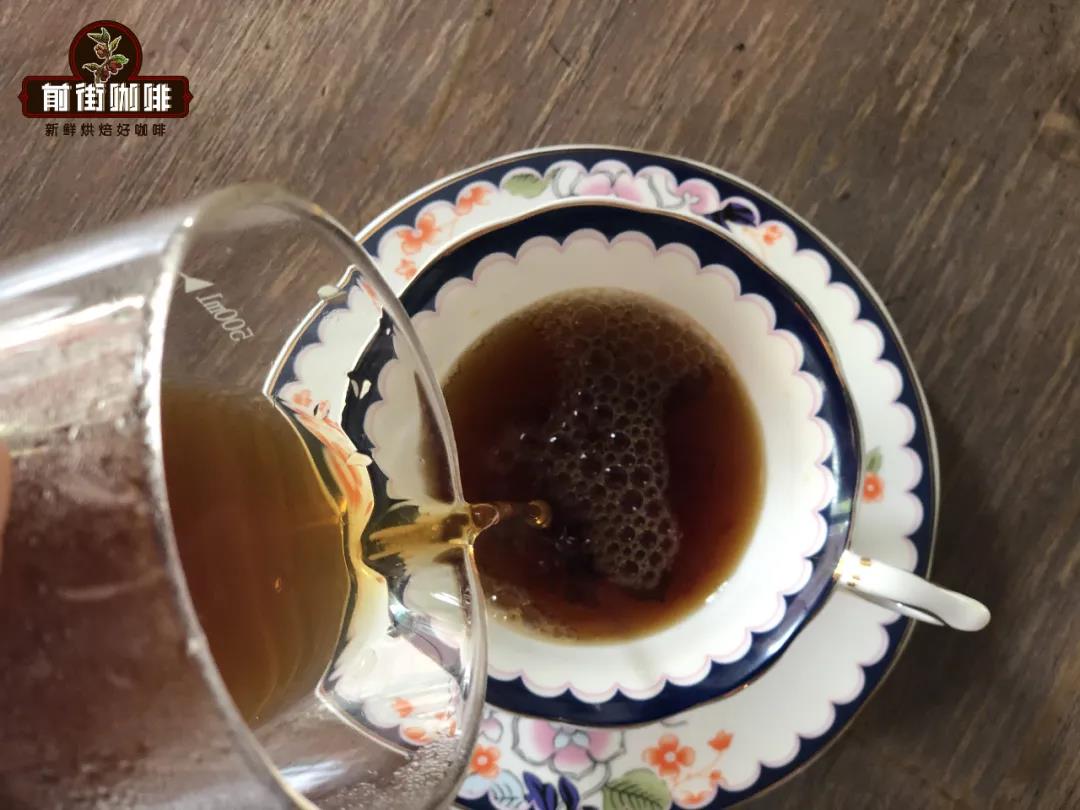
Bolivian Java coffee flavor description: the entrance is an obvious sweet and sour taste of citrus, lime and Hawthorn, with some fruit chocolate and vanilla cream in the aftertaste, and the temperature drops to a sour tone of sweet orange. after cool, there is a hint of maple syrup sweetness and jasmine tea, rose tea aftertaste, sucrose sweet long-lasting.
For more boutique coffee beans, please add private Qianjie coffee on Wechat. WeChat account: kaixinguoguo0925
Important Notice :
前街咖啡 FrontStreet Coffee has moved to new addredd:
FrontStreet Coffee Address: 315,Donghua East Road,GuangZhou
Tel:020 38364473
- Prev
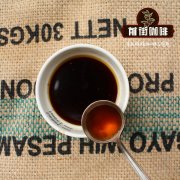
Suggestions for summer cooking of roses in Donna Manor, Costa Rica-what are the characteristics of rose summer in Costa Rica
For more information on coffee beans, please follow the Coffee Workshop (official Wechat account cafe_style). This summer rose comes from Costa Rican Coffee Manor-Donna Manor, located in San Isidro San Francisco, Eredia, at an altitude of 1300 Michael, belonging to the Blumas processing Plant. Juan Ramon Alvarado bought the land four years ago and started growing it.
- Next
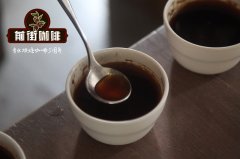
Costa Rica multi-tower coffee goddess manor history story _ Costa Rican goddess rose summer how to drink
Professional coffee knowledge exchange more coffee bean information please follow the coffee workshop (Wechat official account cafe_style) Costa Rica Coffee Goddess Manor Rose Summer is located in Costa Rica's most famous Tarrazu (Dota) area is famous for the production of micro-batches of substandard art tricks! In 1865, the multi-tower region enjoyed the best Costa Rica.
Related
- Detailed explanation of Jadeite planting Land in Panamanian Jadeite Manor introduction to the grading system of Jadeite competitive bidding, Red bid, Green bid and Rose Summer
- Story of Coffee planting in Brenka region of Costa Rica Stonehenge Manor anaerobic heavy honey treatment of flavor mouth
- What's on the barrel of Blue Mountain Coffee beans?
- Can American coffee also pull flowers? How to use hot American style to pull out a good-looking pattern?
- Can you make a cold extract with coffee beans? What is the right proportion for cold-extracted coffee formula?
- Indonesian PWN Gold Mandrine Coffee Origin Features Flavor How to Chong? Mandolin coffee is American.
- A brief introduction to the flavor characteristics of Brazilian yellow bourbon coffee beans
- What is the effect of different water quality on the flavor of cold-extracted coffee? What kind of water is best for brewing coffee?
- Why do you think of Rose Summer whenever you mention Panamanian coffee?
- Introduction to the characteristics of authentic blue mountain coffee bean producing areas? What is the CIB Coffee Authority in Jamaica?

